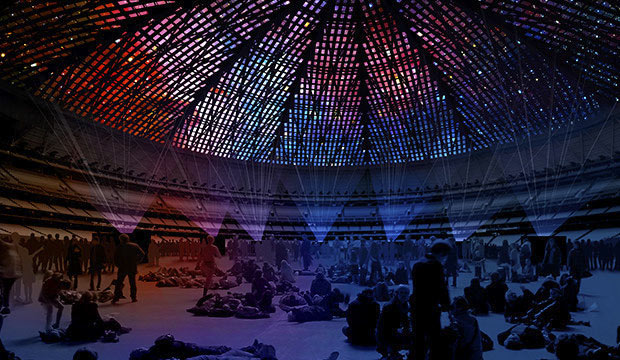
The National Trust for Historic Preservation is now promoting a crowdfunding campaign to host some kind of multi-day art-slash-music-slash-sports festival inside the Astrodome, perhaps as depicted in the trippy rendering above shown on the campaign’s online fundraising page. (The campaign is one of the so-called Cities Project projects being coordinated by the National Trust and beer multinational Heineken; other projects around the country getting similar treatment include fundraising for a documentary about the war memorial-slash-swimming-pool in Waikiki, and fundraising for the restoration of some glass sidewalks in Seattle.)
Materials for the campaign (which also has the backing of the Astrodome Conservancy) say the event would “preview the Astrodome’s future use” (assuming no laws that happen to prevent a certain aging Dome from getting remodeled pass in Austin this summer). Details on what such a festival would actually look like are scarce, though some good examples of what not to aim for have been floated recently.


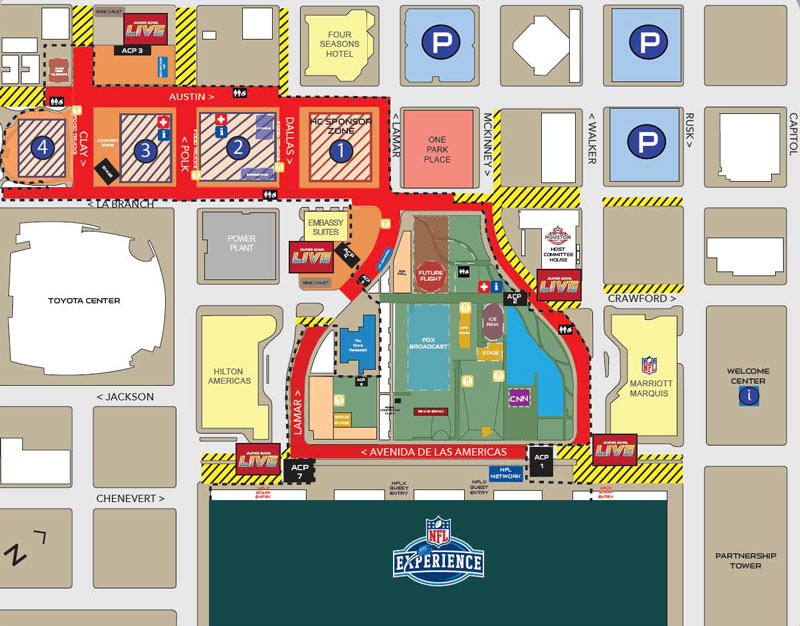
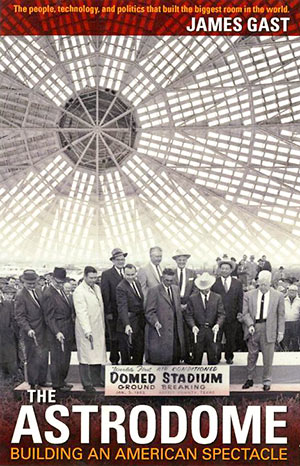 From the prologue to The Astrodome: Building a Domed Spectacle, James Gast’s just-published history of the origins of the Harris County Domed Stadium: “The Astrodome is not a distinctive work of architecture. It is certainly not a bad building, nor is it an exceptionally beautiful one. The Astrodome ended its days as a major league venue in 1999, but it remains a uniquely influential building. On the simplest level, it changed the game of baseball and — in the opinion of legions of self-described purists — not for the better. If you happen to be a student of the game, you know that the artificial turf first introduced at the Astrodome changed the way baseball was played, placing a new emphasis on speed and spawning a generation of light-hitting speedsters playing on artificial turf fields with deep fences.
Off the field, the Astrodome’s creature comforts and barrage of electronic media forever changed the way the game is viewed. The Dome rose alongside the growing influence of television, and stood as a response to a commercial threat posed by television. To lure paying customers away from their TV sets and into the ballpark, stadiums needed to deliver comfort and amenities on par with the spectators’ living rooms. The Dome competed with television by emulating it: a comfortable seat, good food, and frequent electronic distractions.
From the prologue to The Astrodome: Building a Domed Spectacle, James Gast’s just-published history of the origins of the Harris County Domed Stadium: “The Astrodome is not a distinctive work of architecture. It is certainly not a bad building, nor is it an exceptionally beautiful one. The Astrodome ended its days as a major league venue in 1999, but it remains a uniquely influential building. On the simplest level, it changed the game of baseball and — in the opinion of legions of self-described purists — not for the better. If you happen to be a student of the game, you know that the artificial turf first introduced at the Astrodome changed the way baseball was played, placing a new emphasis on speed and spawning a generation of light-hitting speedsters playing on artificial turf fields with deep fences.
Off the field, the Astrodome’s creature comforts and barrage of electronic media forever changed the way the game is viewed. The Dome rose alongside the growing influence of television, and stood as a response to a commercial threat posed by television. To lure paying customers away from their TV sets and into the ballpark, stadiums needed to deliver comfort and amenities on par with the spectators’ living rooms. The Dome competed with television by emulating it: a comfortable seat, good food, and frequent electronic distractions. 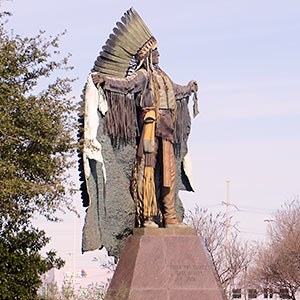
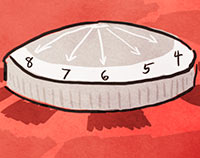 “Sports [and Convention Corp.], Port Authority . . . let’s get rid of them.
The question of what to do with the Dome is a no-brainer. What would you do with your ‘old’ home once you got moved into your new ‘dream home’? Would you sell it? Would you lease it out? Would you donate it to a charity or non-profit? Would you demolish it and get NOTHING from it in return?
It would cost at least 200 million to 300 million dollars to replicate a structure/facility comparable to the Dome and how there could be anyone in Houston in favor of demolition is unimaginable.
In actuality, the referendum on Tuesday’s ballot was for the issuing of bonds totaling $217 million so that the Dome could be physically remodeled into a more versatile facility. Just because the referendum failed does not mean that the Dome will be demolished.
Hopefully, there is a majority of Harris County Commissioners who will not implode $300 million worth of Harris County assets for a new parking lot. If not, then maybe we should get rid of some commissioners also.
Houston, get real. Remember all the stadiums that the Chinese rushed to get completed for the Beijing Olympics? If we already have 2 right near each other why would we want to tear one down?
If Harris County doesn’t want to spend money to repurpose it in 2013 then we should wait . . . maybe in another couple of years — after all, Inner Loop real estate just keeps appreciating.” [
“Sports [and Convention Corp.], Port Authority . . . let’s get rid of them.
The question of what to do with the Dome is a no-brainer. What would you do with your ‘old’ home once you got moved into your new ‘dream home’? Would you sell it? Would you lease it out? Would you donate it to a charity or non-profit? Would you demolish it and get NOTHING from it in return?
It would cost at least 200 million to 300 million dollars to replicate a structure/facility comparable to the Dome and how there could be anyone in Houston in favor of demolition is unimaginable.
In actuality, the referendum on Tuesday’s ballot was for the issuing of bonds totaling $217 million so that the Dome could be physically remodeled into a more versatile facility. Just because the referendum failed does not mean that the Dome will be demolished.
Hopefully, there is a majority of Harris County Commissioners who will not implode $300 million worth of Harris County assets for a new parking lot. If not, then maybe we should get rid of some commissioners also.
Houston, get real. Remember all the stadiums that the Chinese rushed to get completed for the Beijing Olympics? If we already have 2 right near each other why would we want to tear one down?
If Harris County doesn’t want to spend money to repurpose it in 2013 then we should wait . . . maybe in another couple of years — after all, Inner Loop real estate just keeps appreciating.” [